This Chinese ingredient guide is a soft introduction to probably one of the most diverse cuisines in the world: The Chinese cuisine. The basics of Chinese ingredients and its uses are so much more fascinating than “oily” fried noodles or sweet and sour pork. Ever heard of Yunnan-style mashed potatoes or Xinjiang lamb skewers? Don’t get me started on the Biang Biang noodles from Xi’an.
The restaurant scene in the cities I’ve visited and stayed in is absolutely magnificent and lit. The options are endless. Apart from the amazing food, the experience is also mind-blowing: from secret entrances with codes you need to figure out to the fascinating use of multimedia to enhance the eating experience. Yes, it’s very affordable.
Yes, just like in any other country, you get restaurants that are not up to standard. But generally speaking, the restaurant competition in China is tough. But it all starts with solid knowledge about the basic ingredients used in Chinese cooking and how to use them.
What you’ll gather from this guide
- An introduction to typical ingredients used in Chinese cooking.
- An overview of the different styles of Chinese cuisine.
- A Chinese ingredient translation guide to making your shopping life easier.
We interviewed Ken Hom CBE, a Chinese-American chef specializing in Chinese cuisine, to answer our introductory questions about Chinese ingredients. He also is a well-known cookbook author and TV presenter for the BBC.
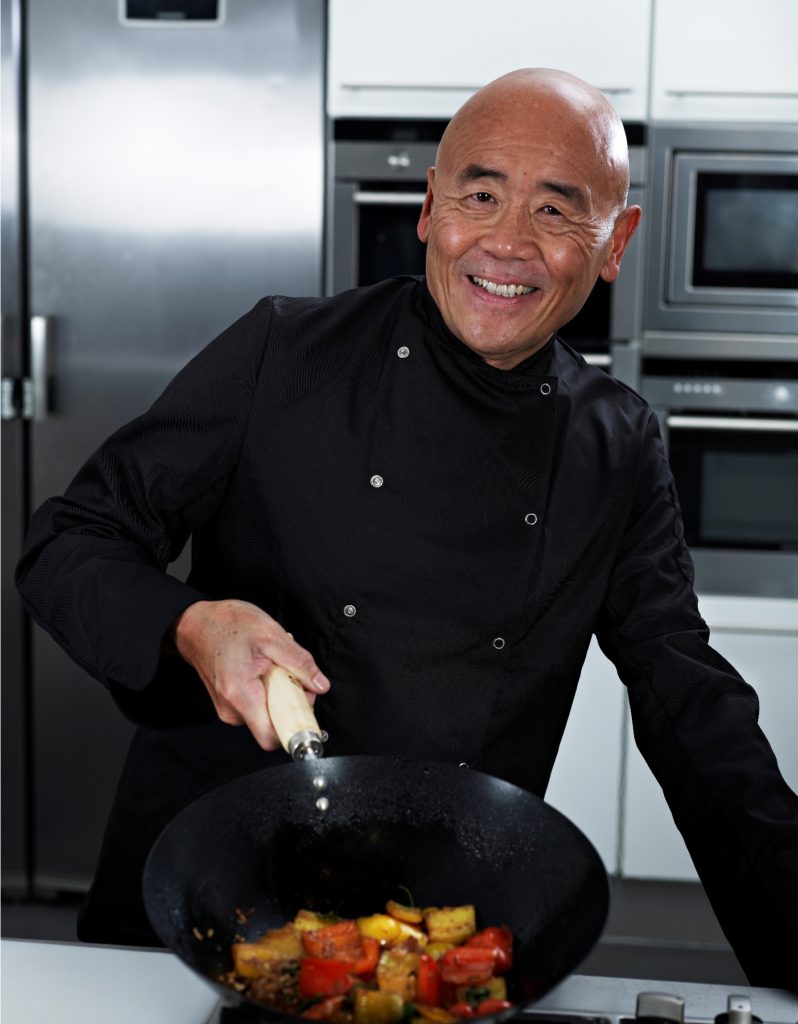
Photo: supplied
What are the most frequently used ingredients in Chinese cuisine?
Light soy sauce, Shaoxing rice wine, sesame oil, chili oil, fermented bean paste, and oyster sauce.
How many types of Chinese cuisines are there and what ingredients do cooks use in each of them?
There are four different main schools of thought when it comes to Chinese cuisine: Southern, Northern, Western and Eastern.
The Southern School
This is the region of Guangdong (Cantonese) cuisine which is probably best known in the West, because in the 19th century many Chinese families emigrated from this area to Europe, Australia and America.
Many people regard Cantonese cooking as the fashionable or high-class cuisine of China. Some people ascribe this to the influence of the excellent chefs of the Imperial Court who fled to Guangzhou (Canton) when the Ming dynasty was overthrown in 1644.
Sweet and sour dishes are famous in this area, such as sweet and sour pork. It is also very famous for its dim sum – a range of delicious snacks which people consume as a late breakfast or light lunch, and for its widespread use of soy, hoisin, and oyster sauces.
The Cantonese prefer their food slightly undercooked so that the natural flavors and colors are preserved, and for this reason two of the most popular methods of cooking are stir-frying and steaming.
They also avoid the heavy use of chilies, spices and heavy oils, and concentrate instead on achieving a subtle, yet harmonious blend of colors, textures, aromas and flavors. Rice is the staple of the Cantonese diet.
The Northern School
This area stretches from the Yangzi (Yangtze) River to the Great Wall of China and embraces the culinary styles of Shandong (Shantung), Henan and Beijing (Peking). A differentiating characteristic of its cuisine is the use of grains, rather than rice, as the staple food, particularly wheat, corn and millet, which the northerners eat in the form of bread, noodles, dumplings and pancakes.
Because of the harshness of the climate, fresh vegetables are only available at certain times of the year. To compensate for this, northerners have learned how to preserve foods to help them through their long winters. They use vegetables like sweet potatoes, turnips, onions, and cabbages widely, because it stores well. The region specializes in a range of preserved ingredients such as dried mushrooms, dried and smoked meats, and pickled fruits and vegetables.
Unlike all the other regions of China, meat is in a much shorter supply, although beef, mutton, and goat are available as well as pork. This area contains many of China’s four million Muslims who shun pork, and their presence has greatly affected its cuisine.
The Imperial Court of China was based in Beijing (Peking) and its influence on the culinary style of the area is still reflected in some of its more complicated and spectacular dishes such as the celebrated Peking Duck. Of all the elaborate banquet dishes in Chinese cuisine, this is the most glorious. Its subtlety and sophistication are a distinct contrast to other more strongly flavored dishes which characterize northern cooking, depending heavily as it does on garlic, spring onions, leeks, sesame seeds and oil, and sweet bean sauce.
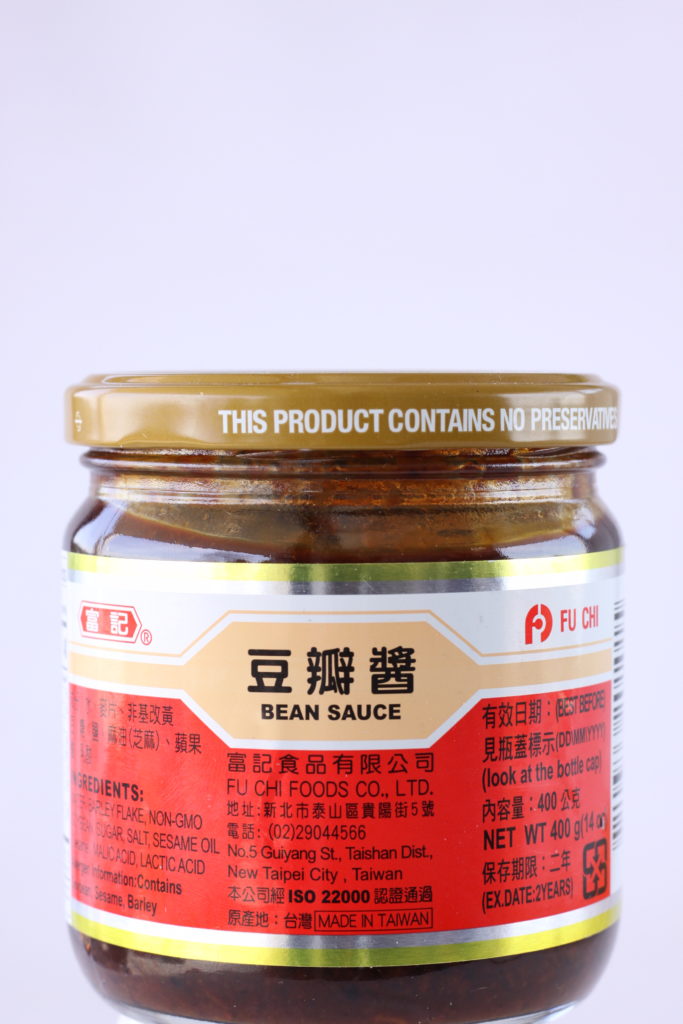
Photo: Hannes Kruger
The Eastern School
This region stretches from the eastern coast to central China. It contains the cooking styles of Fujian (Fukien), Jiangxi, Zhejiang and, most important of all, Shanghai, which is the biggest city in China and its greatest port.
The most fertile land in all of China is in this region and provides a rich variety of fresh fruit and vegetables. Vegetarian cuisine is common in this area.
The fascinating Yangzi (Yangtze) River dominates the countryside and the coastline is very long. Consequently fresh fish and shellfish are also plentiful.
Eastern cooks prefer light and delicate seasonings to maximize the natural flavors of their fresh ingredients. The preferred cooking techniques are stir-frying, steaming, red-cooking (slow simmering in a dark soy sauce), and blanching.
Soy sauce from this area is reputed to be the best in China. The region is also famous for some special ingredients, such as Shaoxing rice wine and notably black vinegar. People use those both for cooking and as a dipping sauce. Other special ingredients include Zhejiang ham (which is rather like raw English smoked bacon), and rice wine.
Cooks and chefs use sugar widely in the cooking of meat and vegetables, as is a great deal of oil, earning this area a reputation for rich food.
The Western School
This area is entirely inland and includes the provinces of Sichuan (Szechuan) and Hunan, the birthplace of the late Chairman Mao. People often refer to this area as the “land of abundance”. Mountains surround this area.
Nowadays Sichuan cuisine in particular is popular in the West. In this area, summers are hot and sultry and the winters mild. Fruit and vegetables are plentiful as are pork, poultry, and river fish.
The distinguishing aspect of the culinary style is its reliance on very strong flavorings and hot spices, particularly red chillies, Sichuan peppercorns, ginger, onions and garlic.
Outsiders often said that cooks and chefs use those ingredients to mask the taste of the food which had deteriorated in the area’s muggy heat. However, regional chefs stand by their cuisine and their command of the art of seasoning. Dishes from this area are usually artful combinations of many flavors and can be hot, sour, sweet, and salty all at once.
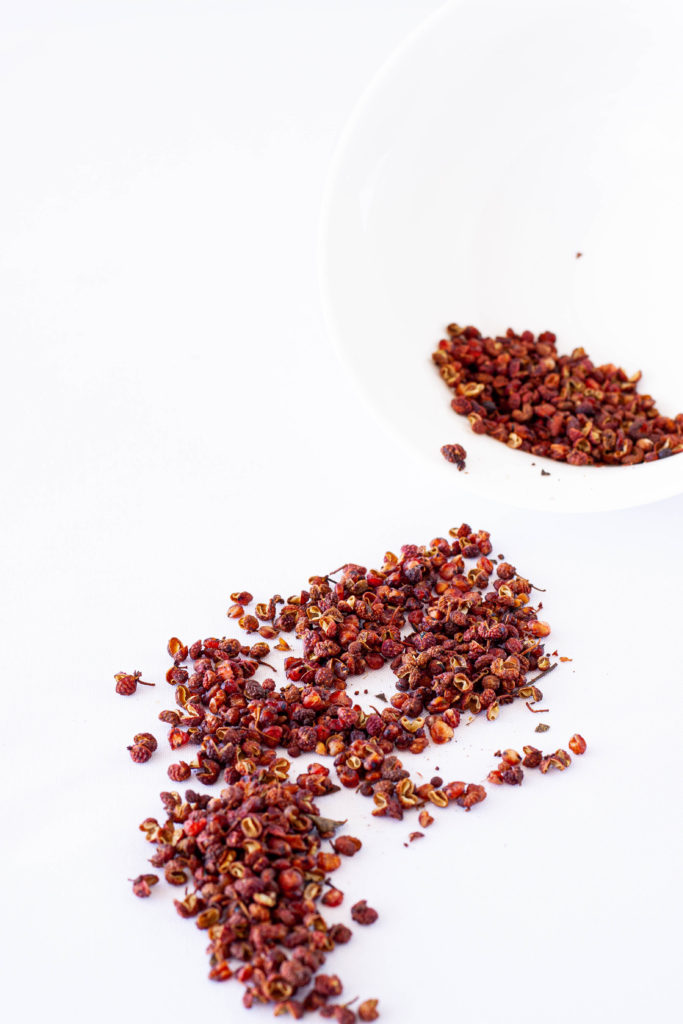
Photo: Hannes Kruger
How healthy are Chinese ingredients?
The Chinese diet is a very healthy one since it depends upon cooking methods which preserve vitamins and use small quantities of meat and not dairy products.
Underlying all Chinese cooking is the ancient yin yang theory of food science which is closely related to Chinese beliefs about health. In China, all foods are divided into one of three groups: yin, for cooling foods; yang, for heating foods; and ying yang for neutral foods.
To the foreigner, there is little obvious logic in the way the foodstuffs are assigned to these categories. Yin foods include items as diverse as beer, crab, duck, and soda water. Yang foods include brandy, beef, coffee and smoked fish. Neutral foods include bread, steamed rice, carrots, pigeons, and peaches. Not only are all foods subdivided in this way but people are too.
A yin person is quiet and introverted, while a yang person is a more active, outgoing type. The effect of different foods on an individual will depend upon the way they conflict with or complement his personality type. The idea is to construct a meal and one’s whole diet to achieve the right balance or harmony. Most Chinese have some knowledge of the yin yang food science as the idea is instilled into them from a very young age.
How do you use typical Chinese ingredients to create an authentic wholesome Chinese meal?
Apart from a sensible mixture of yin and yang foods, the art of Chinese cookery also lies in achieving a harmonious blend of color, texture, aroma and flavor.
A typical Chinese meal consists of two parts – the fan which is the staple grain, be it rice, noodles or dumplings, and the cai which covers the rest of the dishes: meat, poultry, fish and vegetables.
The average meal comprises three to four cai dishes, one fan dish and a soup. The cai dishes should each have a different main ingredient; for example, one meat, one fish and one vegetable. Cooks and chefs use a variety of techniques to cook these dishes.
A fish may be steamed, a meat braised, while the vegetables may be stir-fried. Cooks and chefs will also design the meal in a way that each dish varies and yet complements the others in terms of appearance, texture and flavor.
One dish will be spicy and another mild; one may be chewy and another crisp. The total effect should appeal to all the senses. All these dishes will be placed in the center of the table and shared between the diners who help themselves and each other to a little of this, and then a little of that. Eating for the Chinese is a communal experience, and a shared meal is regarded as the visible manifestation of the harmony which should exist between family and friends.
Do you need special equipment to cook with Chinese ingredients?
It is perfectly possible to cook Chinese food successfully using Western kitchen utensils, but you will probably want to buy a wok eventually to use for stir-frying. The advantage of the wok is that its shape ensures that heat is evenly distributed all over the pan, making for fast cooking, and its depth allows you to stir and toss foods rapidly when they need to be fried quickly. Equally important, you need to use far less oil for deep-frying than you would with a deep-fat fryer. Woks usually work better on gas, although it is possible to get a flat-bottomed variety which is more suitable for electric stoves.
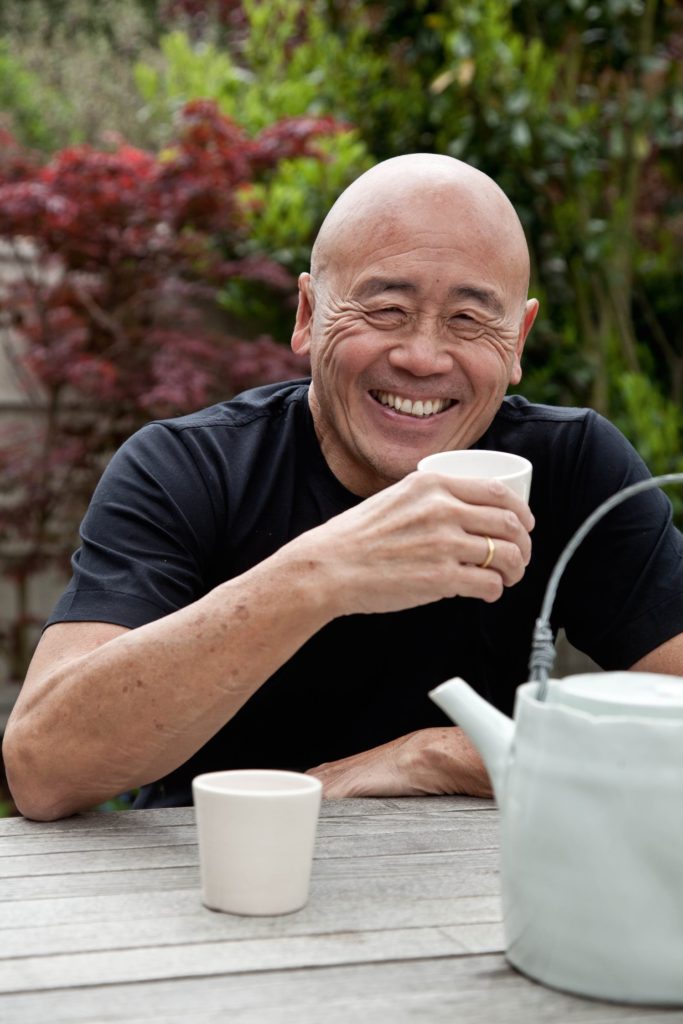
Photo: supplied
What is your advice for people attempting to cook a Chinese meal for the very first time?
When you prepare your first entirely Chinese meal, select just two or three dishes and serve them with some plain steamed rice. Never select dishes which are all stir-fried or you will have a busy time in the kitchen trying to get everything ready at the same time and will arrive at the table hot and flustered. Instead, cook one braised dish, a cold dish, or something which you can prepare ahead of time when warmed through, and limit your stir-frying to just one dish. This way not only will you gain the confidence needed to try more ambitious recipes, but your meal will be all the more authentic for embracing a harmonious blend of cooking techniques.
What is the most underrated Chinese ingredient?
Fermented prawn paste, it is very funky!
Which spices do you use in Chinese cuisine?
Five spice powder, cloves, cinnamon bark, and simple salt & pepper.
What exactly is soy sauce?
An ancient seasoning, soy sauce was first used in China more than three thousand years ago when it was a thin, salty liquid in which fragments of fermented soy bean floated. Researchers have documented its use throughout Chinese history. They have also changed the production process many times over the years. One thousand years ago in China, soy sauce was one of the seven essentials of daily life, the others being firewood, rice, oil, salt, vinegar and tea. Today, the type of soy sauce we use has been strained to remove all traces of the bean solids. Soy sauce is an essential ingredient in Chinese cooking. Producers make it from a mixture of soybeans, flour, and water. Then they naturally ferment and age the sauce for some months. The distilled liquid is soy sauce.
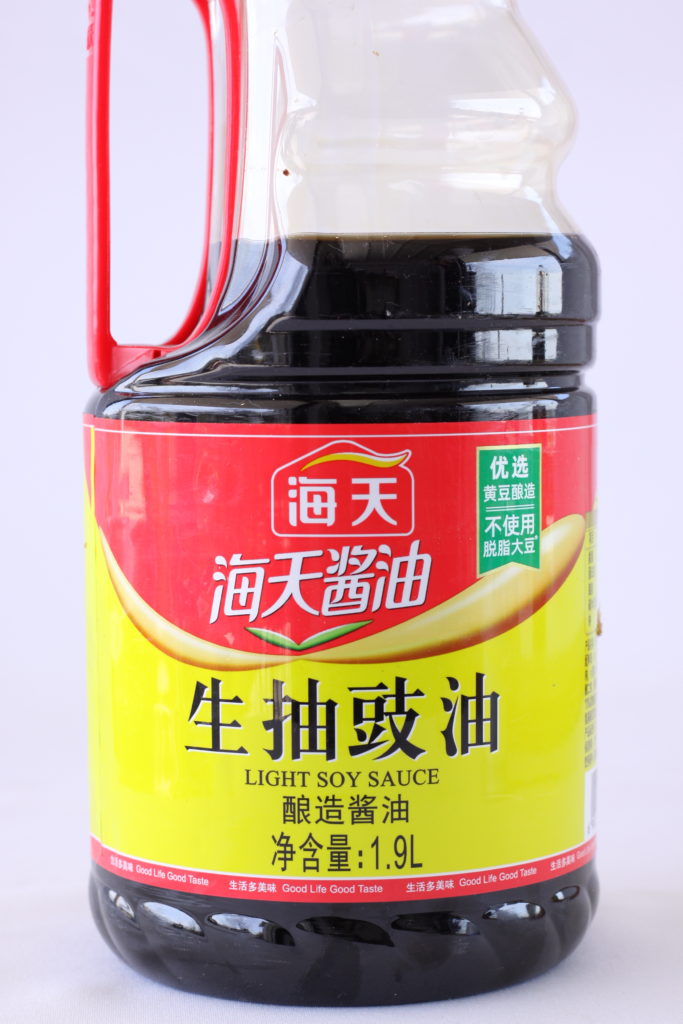
Photo: Hannes Kruger
What’s the difference between Chinese and Japanese soy sauce?
Hardly any.
What exactly is hoisin sauce?
Hoisin sauce is part of the bean sauce family. It is a rich, thick, dark, and brownish red sauce. They make it from soybean paste, garlic, vinegar, sugar, spices and other flavorings. It is at once sweet and spicy. The texture ranges from creamy thick to thin. Consumers use it as a condiment and as a glaze for roasted meats.

Photo: Hannes Kruger
What exactly is oyster sauce?
This very popular and versatile southern Chinese sauce is a thick, brown, richly flavored concoction and is one of the most ancient sauces in the culinary canon. They boil fresh oysters in large vats, and season it with soy sauce, salt, spices and seasonings and made into a viscous substance. The original version contains bits of dried fermented oysters, but they no longer include the bits.
Oyster sauce has a salty taste, but it largely dissipates during the cooking process. It doesn’t even taste “fishy” after you have cooked it. But it retains its rich and distinctive savory flavor, one that goes nicely with the preferred subtleties of southern Chinese cuisine. Cooks and chefs use oyster sauce as a condiment, diluted with a bit of oil, for vegetables, poultry and meats. It is a very popular southern Chinese sauce.
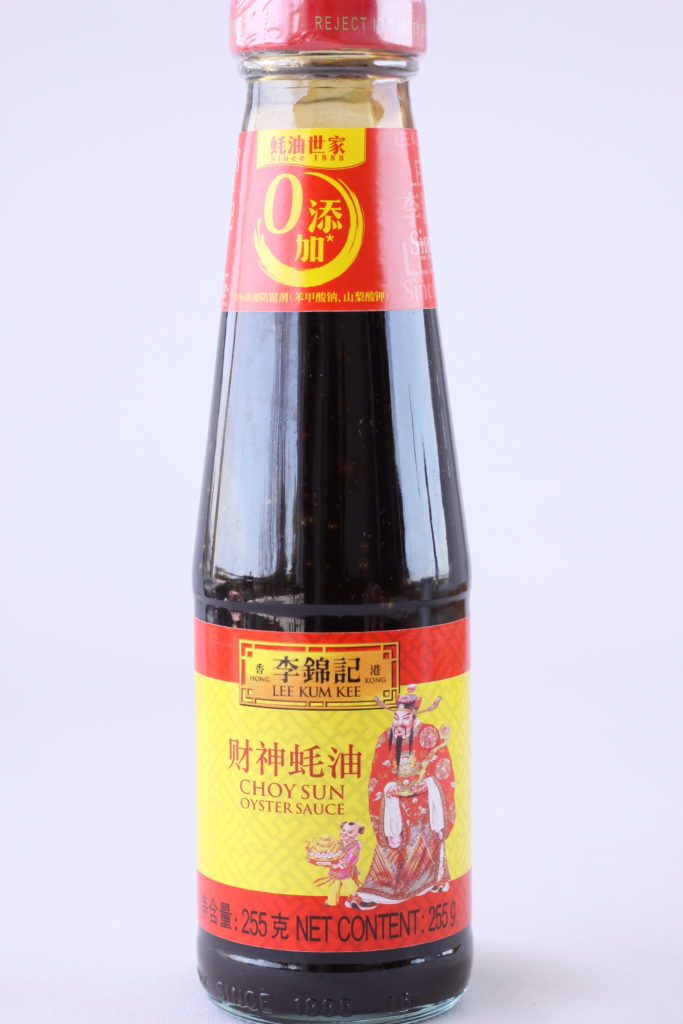
Photo: Hannes Kruger
What can one do with fermented soybeans?
Perfect with any stir-fried veggie dish.
How can I make my own Chinese Five-spice?
Why bother? There are many inexpensive and perfect Chinese Five-spice powder available in Chinese supermarkets.
(They use Chinese cinnamon, fennel seeds, star anise, cloves, and Sichuan peppercorns in the five-spice powder blend.)
What exactly is char siu sauce?
The best (Chinese) BBQ sauce. Lee Kum Kee makes one of the best!
Chinese ingredient translation guide
Soy sauce = 酱油 (jiàng yóu)
Light soy sauce = 生抽 (shēng chōu)
Dark soy sauce = 老抽 (lǎo chōu)
Sesame oil = 芝麻油 (zhī ma yóu)
Red chili oil = 红辣椒油 (hóng là jiāo yóu)
Rice wine = 米酒 (mǐ jiǔ)
Shaoxing wine = 绍兴酒 (shào xīng jiǔ)
Oyster sauce = 蚝油 (háo yóu)
Shrimp paste = 虾酱 (xiā jiàng)
Rice vinegar = 米醋 (mi cù)
Hoisin sauce = 甜面酱 (tián miàn jiàng)
Bean paste = 豆瓣酱 (dòubàn jiàng)
Fermented black beans = 豆豉 (dòu chǐ)
Plum sauce = 苏梅酱 (sū méi jiàng)
Red Sichuan (Szechuan) peppercorn = 红花椒 (hóng huā jiāo)
Sichuan peppercorn powder = 花椒粉 (huā jiāo fě)
Five Spice powder = 五香粉 (wǔxiāng fěn)
Bok Choy = 白菜 (bái cài)
Bamboo shoots = 竹笋 (zhú sǔn)
Bean sprouts = 豆芽 (dòu yá)
Water chestnuts = 馬蹄 (mǎ tí)
Shiitake mushroom = 香菇 (xiāng gū)
Enoki mushrooms = 金针菇 (jīn zhēn gū)
Tofu = 豆腐 (dòufu)
This article was sponsored and inspired by Shuhan Qin. Thank you for opening my eyes to a whole new world; my appreciation will never fade.
Disclaimer: Since Bread did not receive any form of compensation for the products that were displayed in the photographs in this article.



